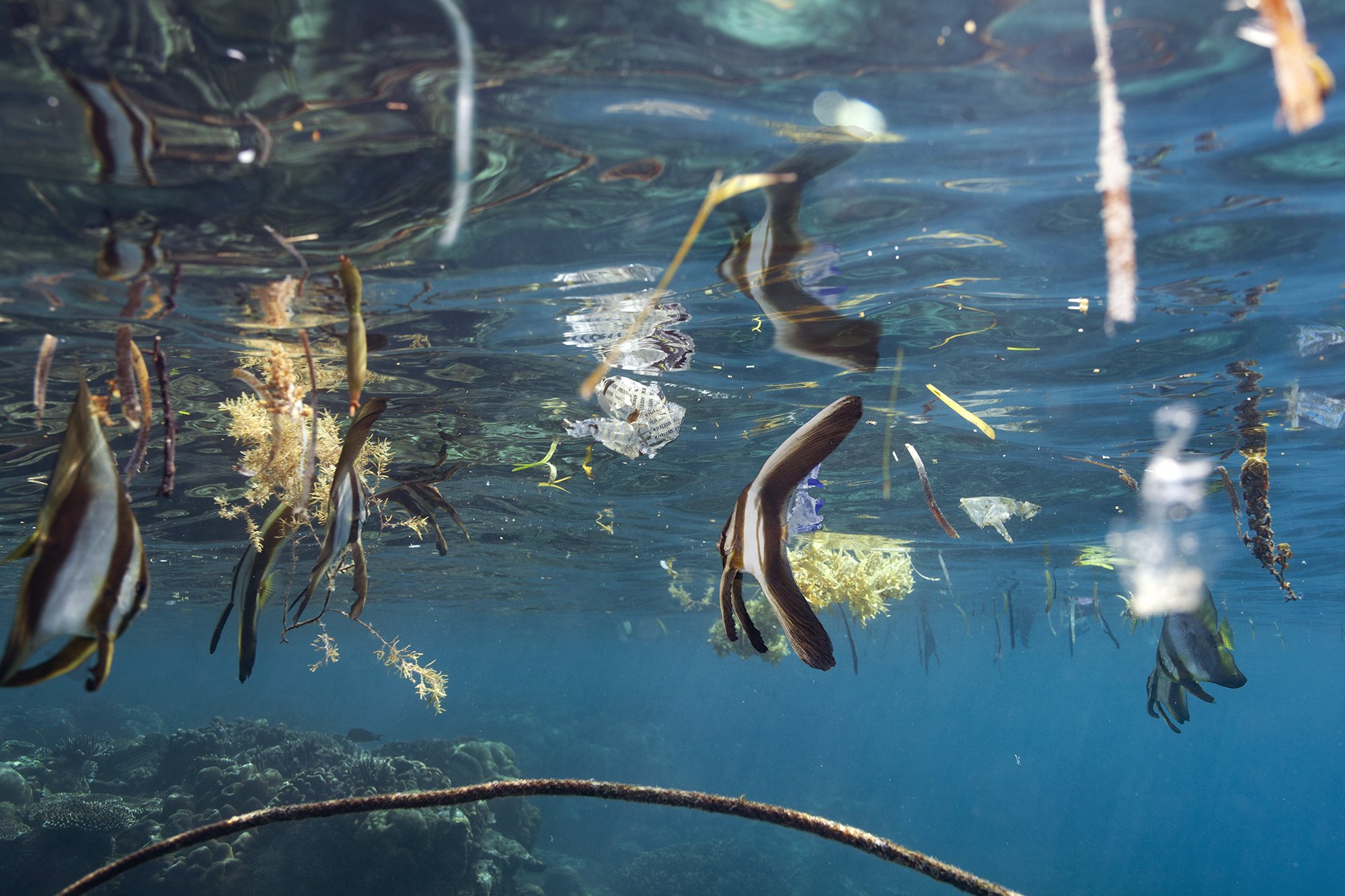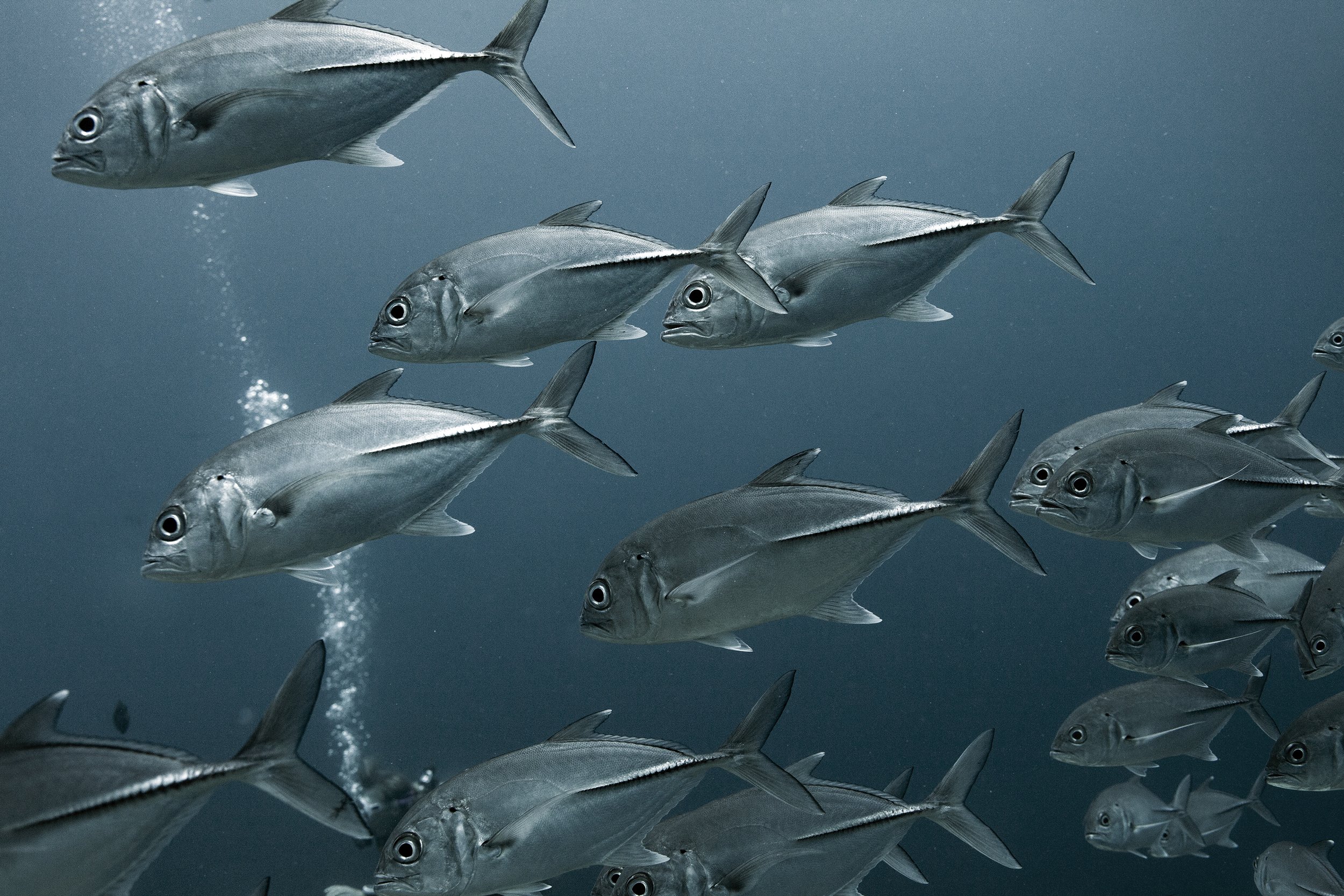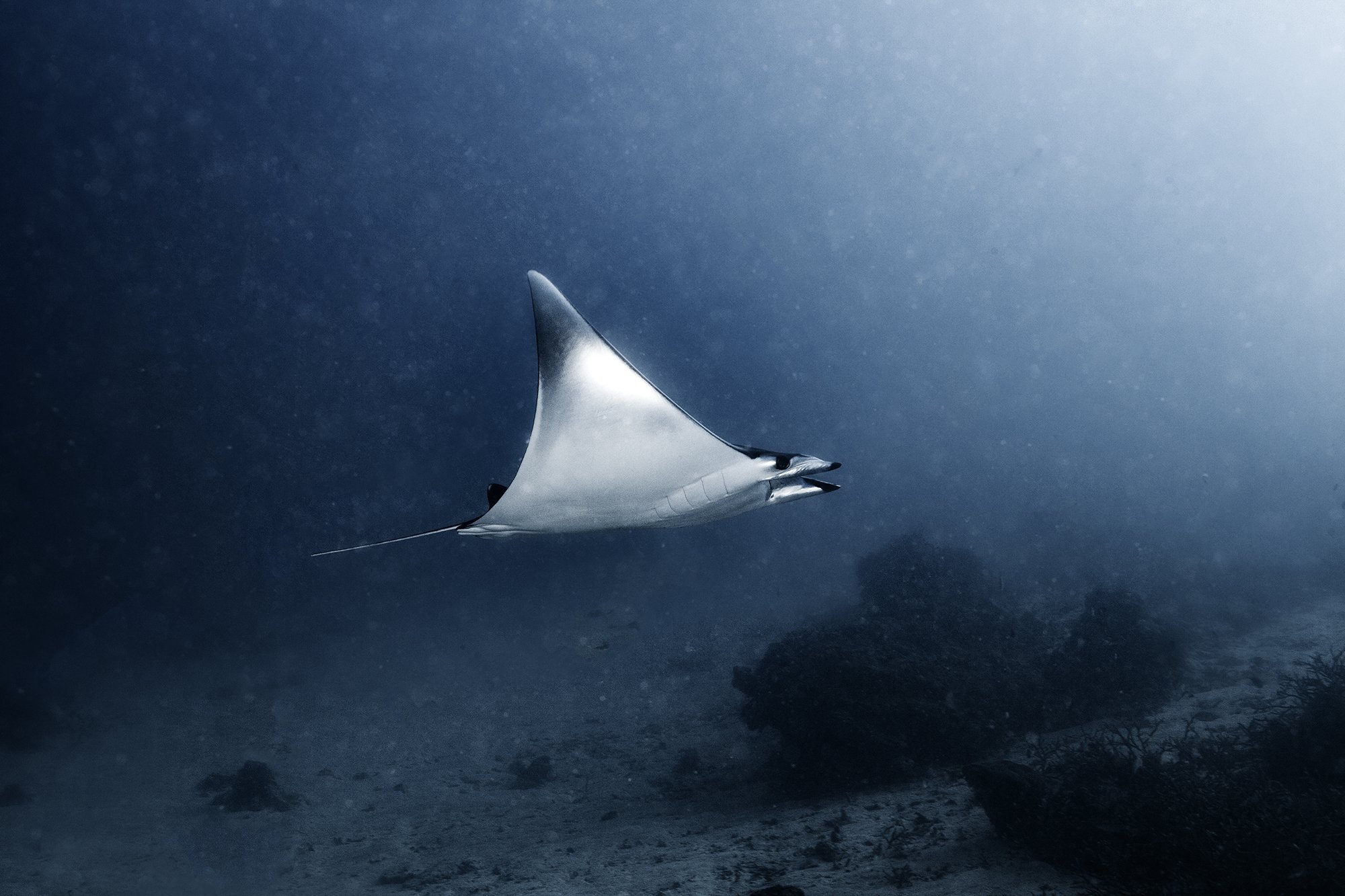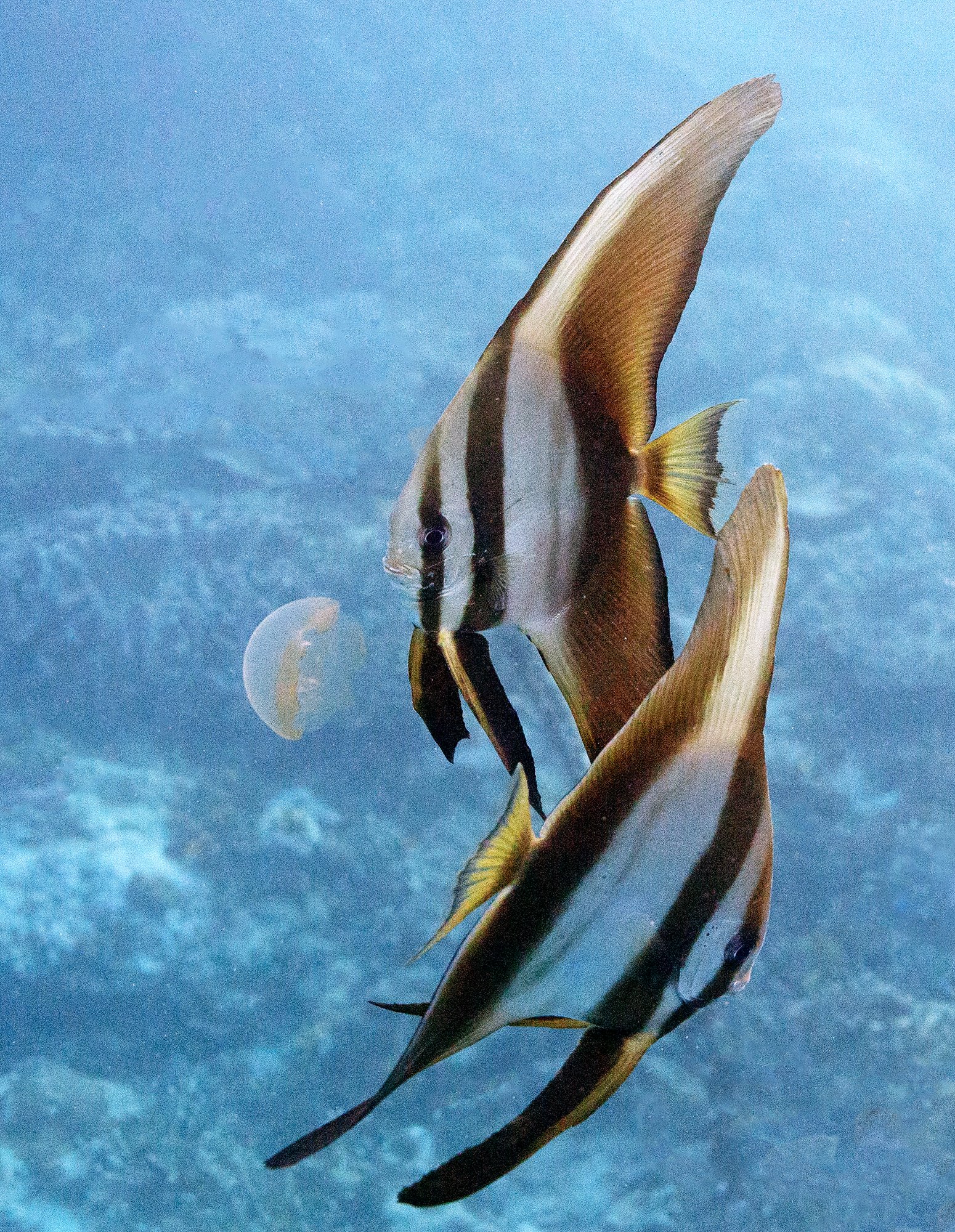
Located in the heart of the coral triangle, Raja Ampat is described as “the last paradise on Earth.” Credited as having the richest marine biodiversity containing 1,600 fish species and 75 per cent of all the coral species that are known to the world. Its remote location in Indonesia has allowed it to escape mass tourism and is known as one of the most successful conservation projects on Earth. Having already dived in other marine conservation areas around the world, such as Palau, I was amazed at the biomass of fish and abundance of hard and soft corals I saw on every dive. It was at times overwhelmingly promising in light of our current climate crisis. However, Raja Ampat hasn’t always been a conservation success story, proving that real change is possible with the right approach.
Twenty years ago, Raja Ampat’s communities and ecosystem were in decline because of unsustainable practices and unregulated commercial fishing. In 2004, Raja Ampat was added to West Papua’s Bird’s Head Seascape Initiative, a project created to form a network of Marine Protected Areas with the support of local authorities and international conservators. Since its foundation, fish populations have rebounded, coral is recovering and long-term livelihood security for local communities has improved.
Today, Raja Ampat faces new threats and challenges as tourism numbers have increased ten-fold in a short period of time. In 2008, there were two to three liveaboards operating. Then in 2019, there were hundreds, with a growing number of additional vessels frequenting the area. There is a current lag between this rapidly-escalating industry and the infrastructure and systems necessary to provide protection to the reefs. During my recent visit, I saw an alarming amount of plastic and garbage in the ocean, as well as unregulated liveaboards and boats at dive locations. The reefs of Raja Ampat now face coral degradation, increased plastic pollution, anchor damage and boat strikes. Locals believe that the government is working on building faster, larger ferries to accommodate greater numbers of tourists from Sorong to Raja Ampat Islands, which will only exacerbate the situation.

















